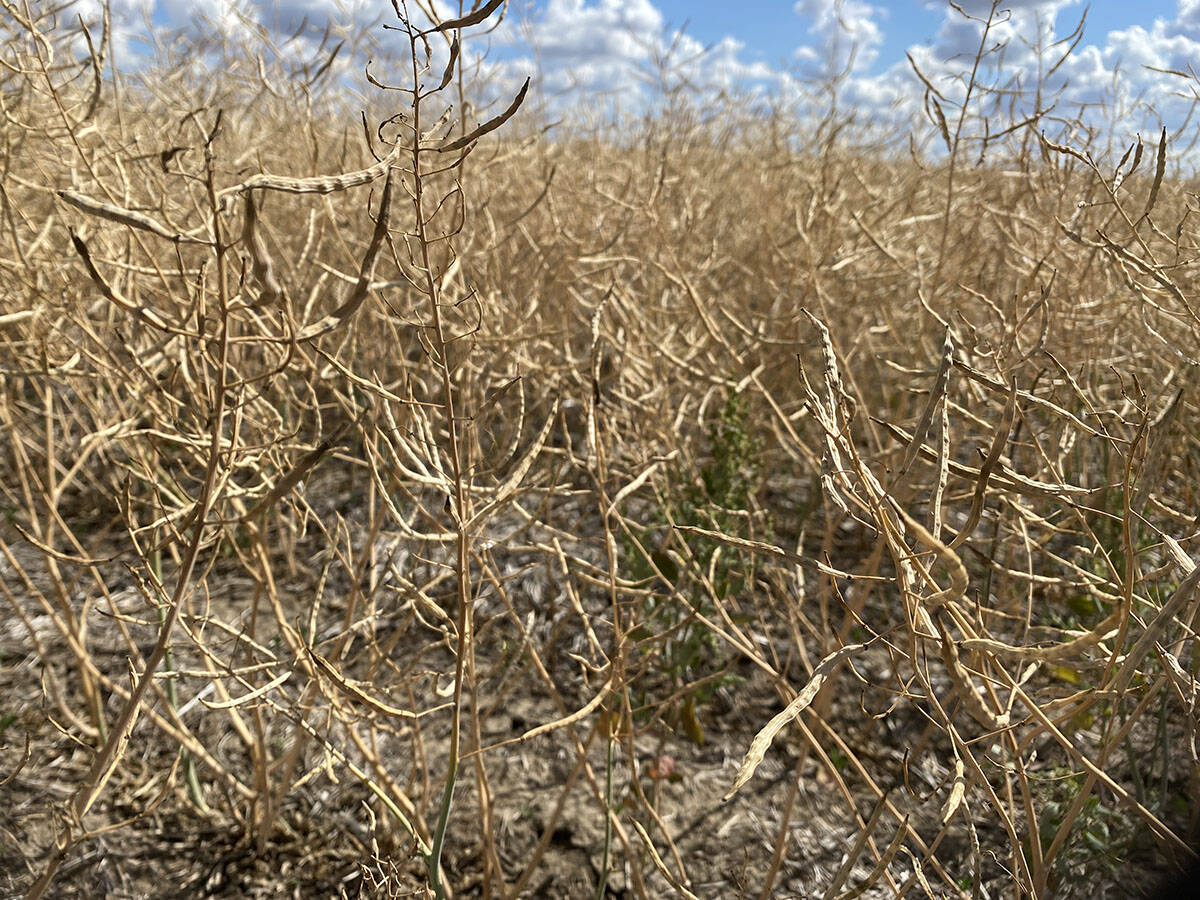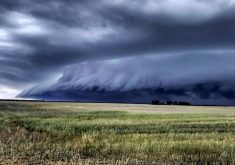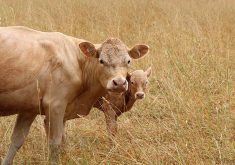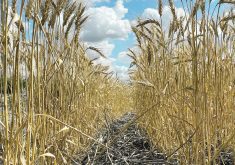Contrary to prevailing public opinion, a farmer with a horrible crop or no crop at all might not be any worse off financially than a farmer with a below average crop.
Assuming the farms in both scenarios are in crop insurance, and the majority of producers are enrolled, the crop insurance guarantee puts both farms in about the same financial situation.
Consider Farmer A, who has a canola crop that’s going to yield only three bushels per acre. The crop insurance yield guarantee is 26 bu. per acre. Crop insurance pays the 23 bu. per acre difference.
Read Also
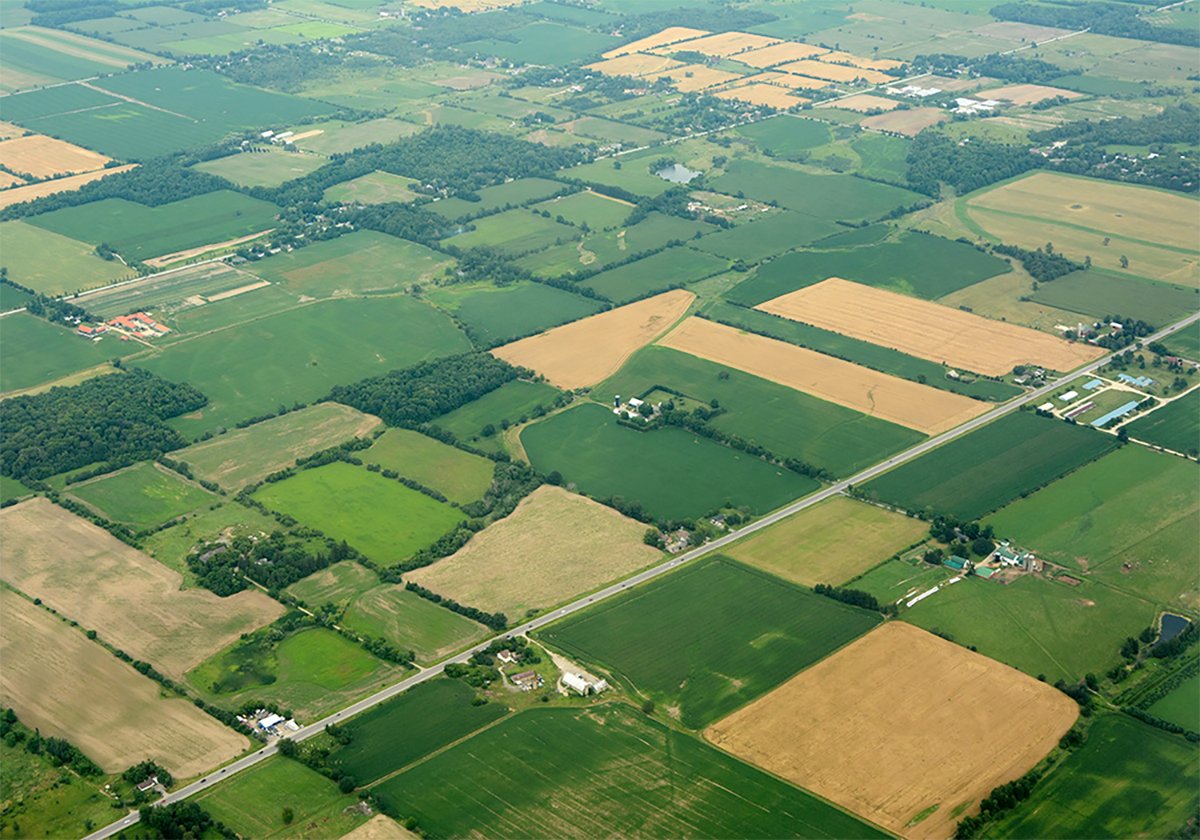
Higher farmland taxes for investors could solve two problems
The highest education and health care land tax would be for landlords, including investment companies, with no family ties to the land.
Farmer B has a canola crop that yields 20 bu. per acre. If the crop insurance yield guarantee is the same 26 bu. per acre, Farmer B is paid the six bu. per acre difference. While both farms end up at 26 bu., there are some differences between the two.
Farmer A is below the minimum appraisal and doesn’t have to combine the crop to get the crop insurance payment. In fact, the yield is actually assumed to be zero for purposes of the claim. Meanwhile, the three bu. appraised yield is used for the long-term yield calculation.
Farmer A is also able to cut and bale the meagre crop and either use it for cattle feed themselves or sell it to a neighbour. This is a logical way for government-subsidized crop insurance to help the livestock sector in years when feed supply is short.
Farmer B combines their 20 bu. per acre crop and has to incur the cost of harvesting, perhaps $25 or $30 an acre. No revenue is obtained from the sale of the crop for feed purposes.
However, Farmer B may end up with a price advantage on the harvested canola. The crop insurance price for canola in Saskatchewan was set early in the calendar year at $13.50 a bu. If the harvested canola ends up being sold for $15 a bu., that’s an extra $1.50 a bu. or $30 an acre.
It’s typically more damaging psychologically to put effort into a crop that ends up as a write-off as compared to a crop that’s still worth combining, but financially there isn’t a great deal of difference.
However, multiple years of crop failures and crop insurance claims will erode this safety net. Average yields drop while premiums increase. That’s happening in parts of southwestern Saskatchewan and southern Alberta.
Some believe crop insurance is a failure because it doesn’t cover all the costs of growing a crop.
A few years ago, when crop prices were riding high, crop insurance did guarantee a profit for many crops on many farms. However, crop insurance is production insurance, not price insurance. As crop prices have declined, so have coverage levels. The same people who claim crop insurance is a failure usually have the same opinion about AgriStability.
Some farms, including mine, have had poor crops for most of the last decade. Without crop insurance, many of us would be out of business. However, instead of obvious financial pain, land prices have remained strong.
Maybe weather patterns will finally change and we’ll get back to a string of decent crops. Maybe some land not well suited to crop production will be devoted to cattle instead. Maybe land rents and land prices will moderate somewhat.
As harsh as this sounds, farms with a long history of not making money shouldn’t expect government programs to keep them in business indefinitely.


